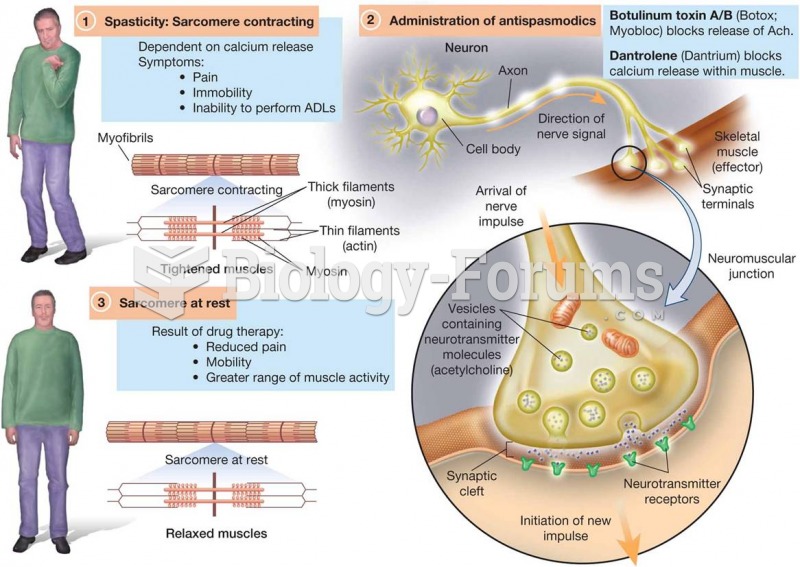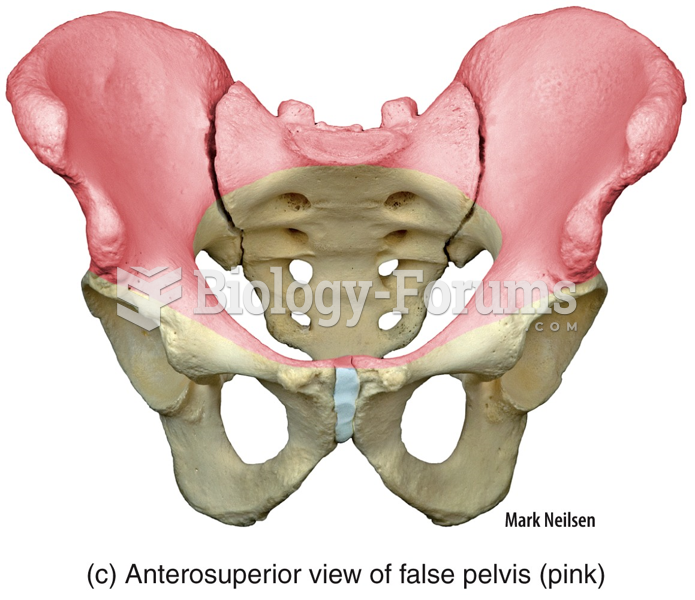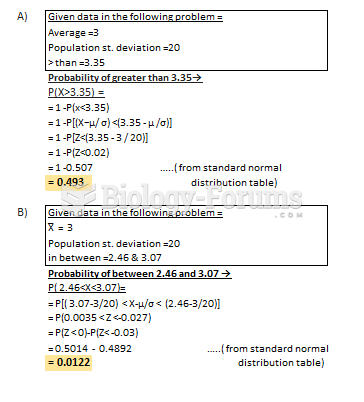Answer to Question 1
True
Answer to Question 2
The brand-related characteristics that influence consumers' attitudes toward new products and hence their likelihood of adopting new products are:
1 . Relative advantage. This represents the degree to which consumers perceive a new brand as being better than existing alternatives with respect to specific attributes or benefits and is positively correlated with an innovation's adoption rate. Relative advantage is a function of consumer perceptions and is not a matter of whether a product is actually better by objective standards, but, in general, a relative advantage exists to the extent that a new product offers better performance compared to other options, savings in time and effort, or immediacy of reward.
2 . Compatibility. This is the degree to which an innovation is perceived to fit into a person's way of doing things, and adoption rapidity is increased with greater compatibility. In general, a new product is more compatible to the extent that it matches consumers' needs, personal values, beliefs, and past consumption habits.
3 . Complexity. This refers to an innovation's degree of perceived difficulty, and the more difficult an innovation is to understand or use, the slower the rate of adoption.
4 . Trialability. This refers to the extent to which an innovation can be used on a limited basis prior to making a full-blown commitment, and products that lend themselves to trialability tend to be adopted more rapidly. Trialability is tied closely to the concept of perceived risk, and the trial experience serves to reduce the consumer's risk of being dissatisfied with a product after having permanently committing to it through an outright purchase. Sampling is an promotional method for encouraging trial.
5 . Observability. This is the degree to which the user of a new brand or other people can observe the positive effects of new-product usage, and high observability/visibility generally results in more rapid adoption.







